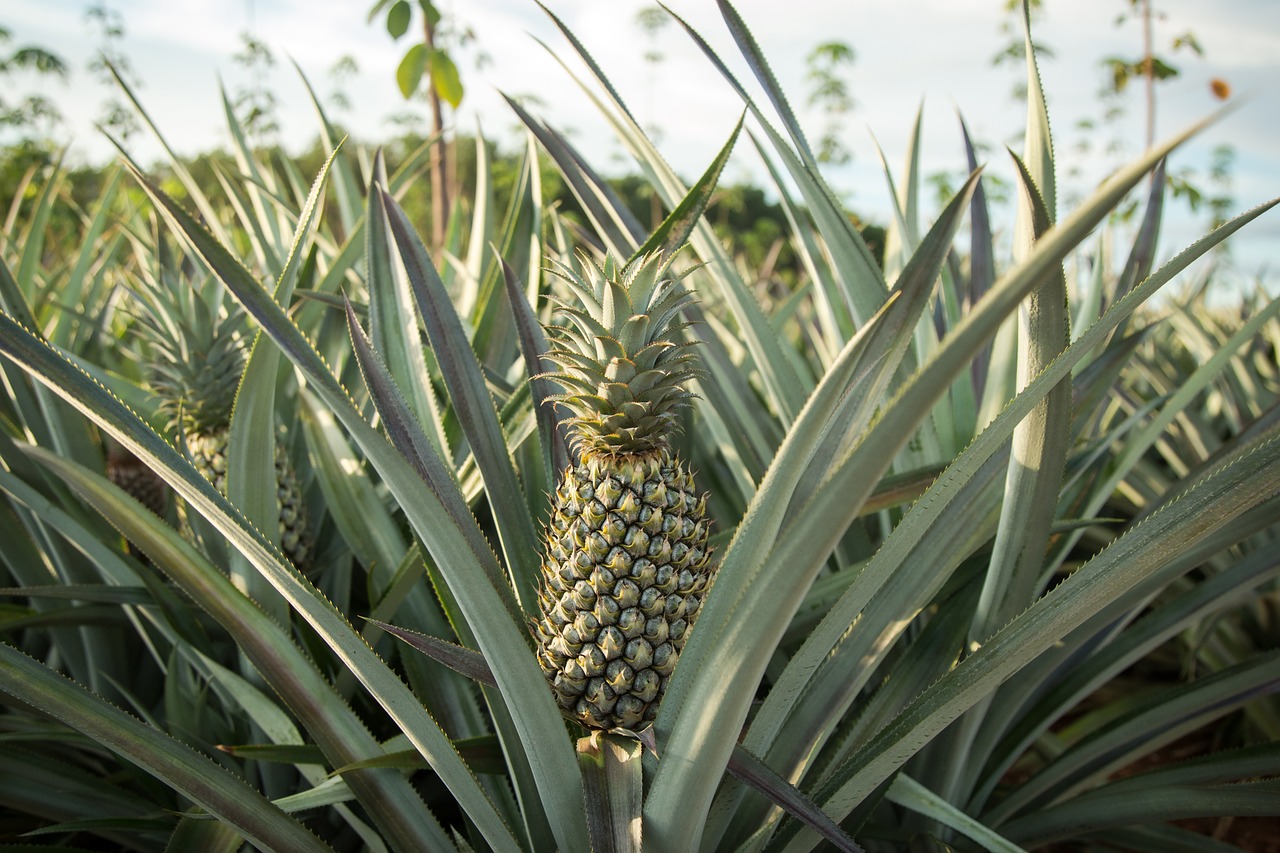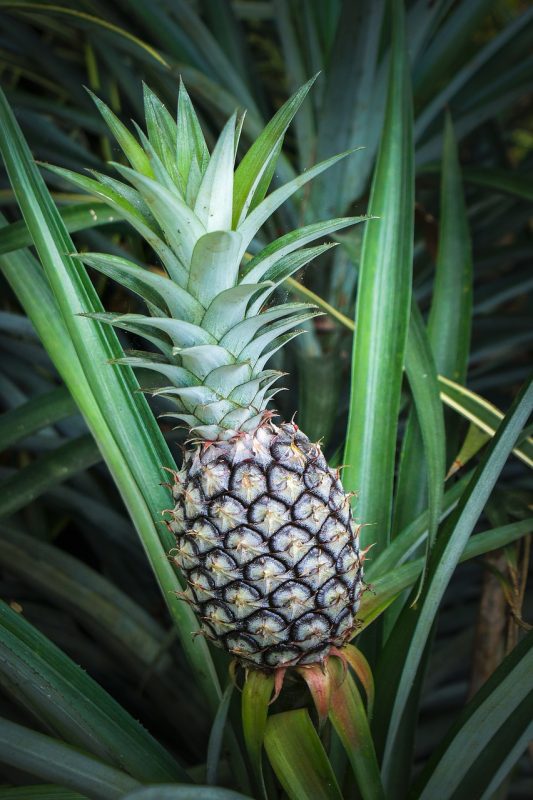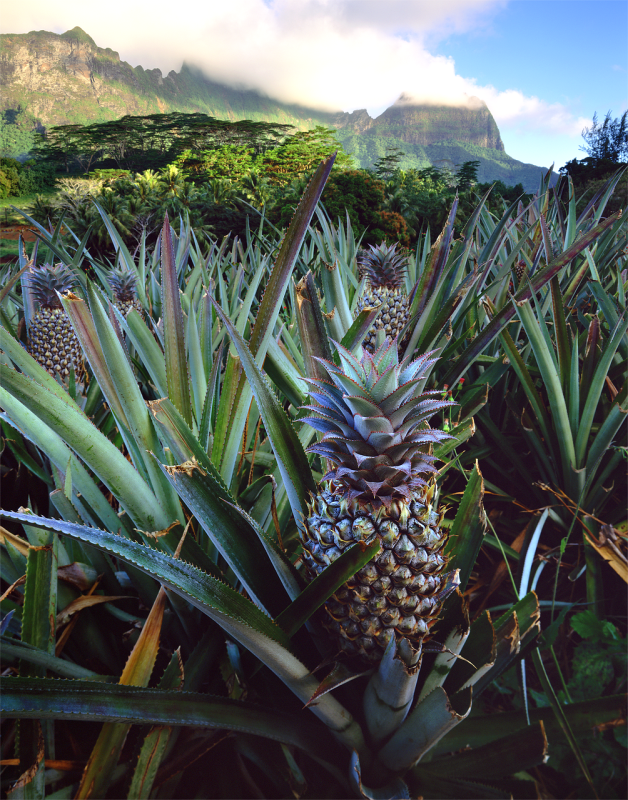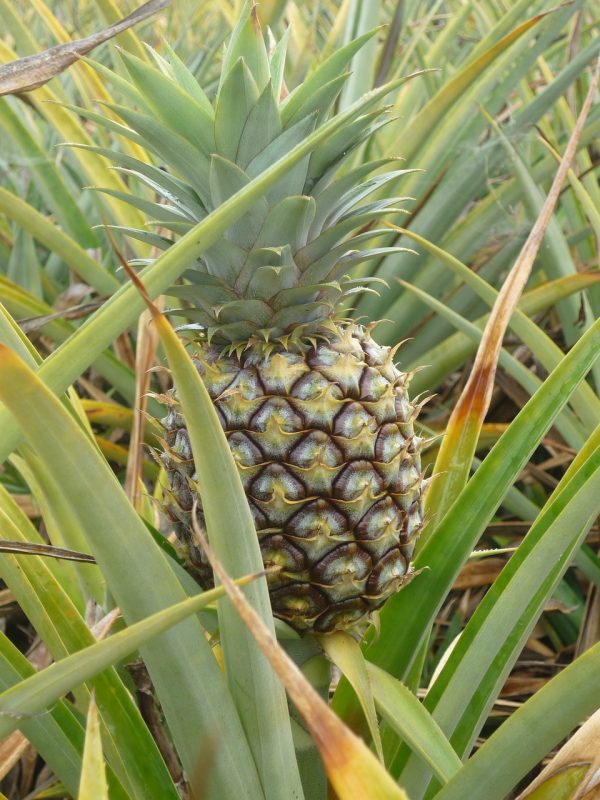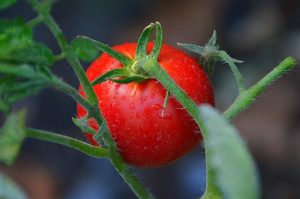In this guide, we’ll explore everything you need to know about propagating pineapples, from selecting the right fruit to nurturing your newly planted crown.
What Is Pineapple Propagation?
Propagation is the process of creating new plants from an existing one. When it comes to pineapples, the most common method of propagation is by using the crown—the leafy top of the fruit. Unlike many other houseplants that require seeds or cuttings, propagating pineapple plants allows you to utilize a part of a fruit you’ve likely eaten, making it a sustainable and economical choice for gardeners.
Getting Started: Choosing the Right Pineapple
To start your pineapple propagation journey, you’ll first need to select a fresh pineapple from your local grocery store or farmers’ market. Here are some tips on what to look for:
Freshness: Opt for a pineapple with healthy, vibrant green leaves. Avoid fruits that have wilting or brown leaves as this may indicate that the fruit is overripe or not suitable for propagation.
Firmness: Gently press the skin; it should feel firm but slightly give under pressure. An overly soft pineapple might not propagate well.
Color: Look for a pineapple with a rich, golden hue, indicating ripeness. A green pineapple may not be ready or could be too young to propagate.
Preparing Your Pineapple Crown
Once you’ve picked the perfect pineapple, it’s time to prepare the crown for propagation. Follow these steps:
Cutting the Crown: Use a sharp, clean knife to slice off the crown, ensuring you include a small portion of the fruit beneath the leaves. Aim for about an inch of flesh attached to the base of the crown.
Removing Excess Flesh: Carefully peel away any excess fruit flesh from the crown. This helps prevent rot during the rooting process.
Drying: Allow the crown to dry for two to three days in a cool, dry place away from direct sunlight. This helps form a callus over the cut area, which is vital for preventing rot and encouraging root growth.
Rooting the Crown
Once your crown has dried, it’s time to initiate the rooting process. There are two popular methods: water rooting and soil rooting.
Water Rooting: Place the crown in a glass of water, ensuring that the base of the crown is submerged. Change the water every few days to keep it fresh. Roots should begin to form within two weeks.
Soil Rooting: Alternatively, you can plant the crown directly into a pot filled with well-draining potting soil. Make a small hole and gently push the crown into the soil, ensuring it’s stable.
Both methods can yield great results, so choose the one that fits best with your gardening style!
Caring for Your Pineapple Plant
After successfully initiating the rooting process, it’s time to focus on how to care for your pineapple plant as it begins its journey towards ripeness. Here are the essential tips to ensure your plant thrives:
1. Choosing the Right Pot and Soil
If you opted for soil rooting, selecting the right pot and soil is crucial:
Pot Size: Start with a pot that is at least 6-8 inches in diameter. This gives the roots ample room to grow. As the plant matures, consider repotting to a slightly larger container if needed.
Soil Type: Use a well-draining potting mix. A cactus or succulent mix works well due to its ability to deliver both drainage and aeration. You can enhance standard potting soil with perlite or sand to improve drainage.
2. Sunlight Requirements
Pineapple plants love sunlight! Place your plant in a spot where it can receive:
Direct Sunlight: Ideally, your pineapple should receive around 6-8 hours of bright, direct sunlight each day. A south-facing window is perfect for this.
Partial Shade: If you’re in a very hot climate, some afternoon shade can help prevent leaf scorch.
3. Watering Wisely
Watering is a balancing act when it comes to pineapple plants. Here’s how to do it right:
Frequency: Water your plant thoroughly when the top inch of soil feels dry to the touch. Pineapples are more tolerant of drought than overwatering, so it’s better to err on the side of caution.
Drainage: Ensure your pot has drainage holes to prevent water from sitting at the bottom, which can lead to root rot.
Humidity: Pineapples thrive in humidity, so if your environment is dry, consider misting the leaves occasionally or placing a humidifier nearby.
4. Fertilization
To encourage growth and fruiting, your pineapple may benefit from some nutrients:
Type of Fertilizer: Use a balanced liquid fertilizer diluted to half-strength every 4-6 weeks during the growing season (spring and summer). Look for a formula high in potassium, which promotes flowering and fruiting.
Organic Options: Compost or well-rotted manure can also be excellent options for enriching the soil gradually.
5. Temperature Considerations
Pineapples love warmth, making them perfect for indoor environments:
Ideal Temperature: They thrive in temperatures between 70°F and 85°F (21°C – 29°C). Avoid exposing your plant to temperatures below 60°F (15°C), as this can stunt growth.
Seasonal Changes: If possible, keep your pineapple indoors during colder months. In the summer, you can consider moving it outside as long as nighttime temperatures stay above 60°F.
6. Patience is Key
One of the most important aspects of growing pineapple plants is patience. After planting your crown, it can take anywhere from 18 months to 3 years for your plant to produce fruit. During this time, continue to care for it, and enjoy the process of watching it grow!
Potential Challenges
As with any plant, you may face a few challenges along the way. Here’s what to look out for:
Pests: Keep an eye out for common pests such as mealybugs and aphids. If you spot these unwelcome guests, use a gentle insecticidal soap or neem oil to treat your plant.
Leaf Browning: Yellowing or browning leaves can be a sign of overwatering or nutrient deficiency. Adjust your watering schedule and consider fertilizing your plant appropriately.
Slow Growth: If your plant seems stagnant, it may need more light or warmth. Ensure it is in a suitable environment to promote healthy growth.
When Will My Pineapple Bear Fruit?
The moment you’ve all been waiting for! After 18 to 24 months of care, your pineapple plant will begin to develop a flowering stalk, which eventually transforms into a pineapple fruit! Here are a few things to keep in mind:
Flowering: The flowering stage can take several months before the fruit forms.
Harvesting: Harvest your pineapple when it gives a sweet aroma and the skin begins turning golden yellow. Gently twist or cut the fruit away from the plant, ensuring not to damage the leaves.
Conclusion
You now have a comprehensive understanding of how to propagate and care for your pineapple plant! This tropical gem not only adds a delightful touch to your home but also brings the joy of homegrown fruit right from your kitchen. Remember, patience is essential, and the reward of a ripe pineapple will be worth the wait.
Stay tuned for more gardening tips, and feel free to share your pineapple propagation journey with us on Pinterest or in the comments below!


